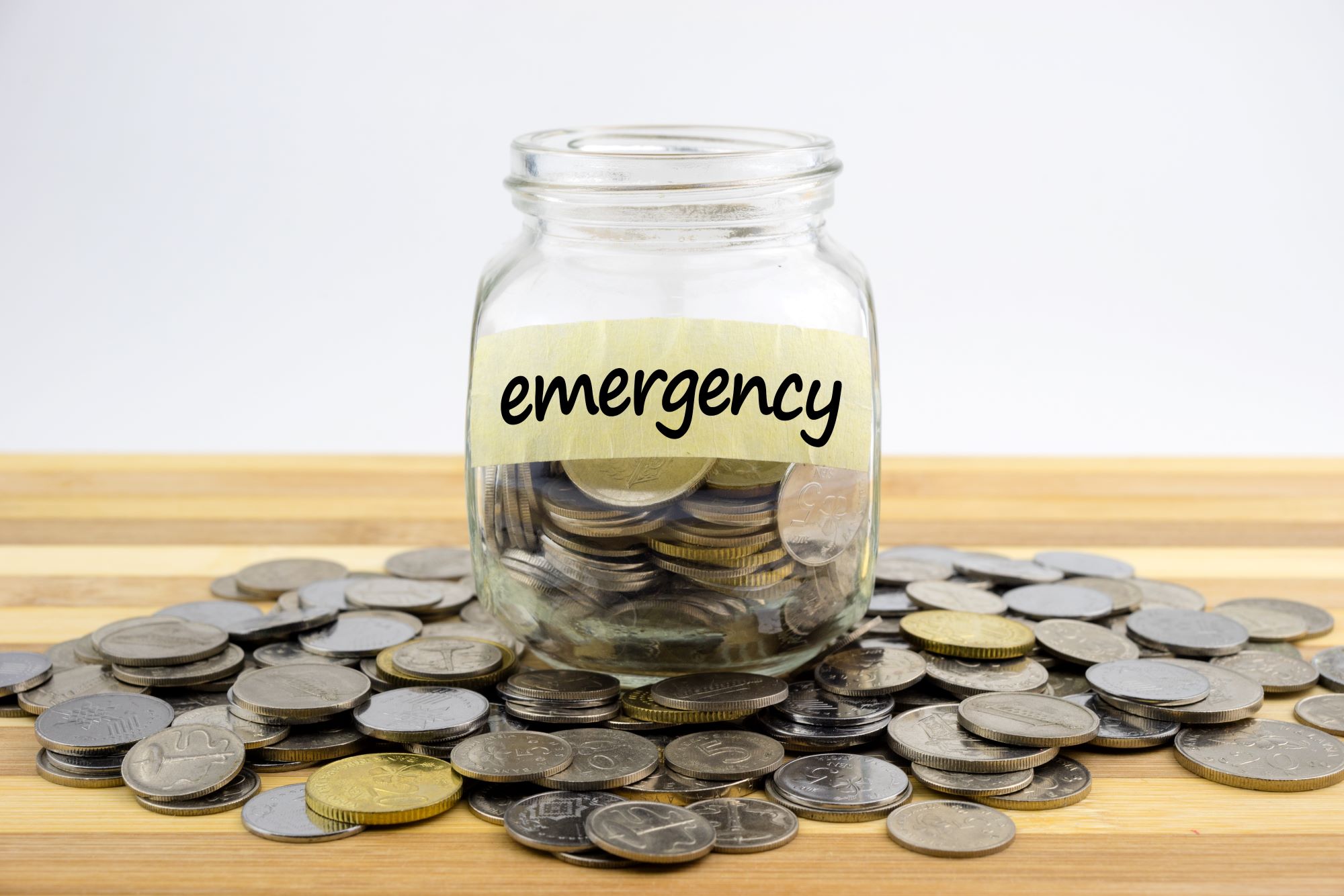
The Ultimate Student Loan Debt Payment and Management Guide
Student loan debt payment and management is becoming a nightmare for millennials and Gen Z. Just last year, the High Education Loan Board (HELB) in Kenya threatened to shame student loan defaulters. In America, student loan debt is currently hitting through the roof, at $1.56 trillion, with about 26% of borrowers defaulting on their repayments.
The other day, I watched a video of a lady devastated by her student loan debt. Her initial student loan was $80,000, and after 10 years of repayments, she was nowhere near making any progress. Heartbreaking as it is, what ensued was a thread showing how little time we take to understand our student loans. Many people rarely sit down to have a debt management plan for their student loan debt from the word go—the result; years of repayment and thousands of money spent with no end in sight.
Student Loan Debt Payment and Management
Make Good Use of the Grace Period
The terms of your student loan will include a clause on repayment. It shows whether the loan is due upon disbursement, immediately after graduating or after a specific period upon your graduation. The latter gives you a grace period, meaning the lender does not expect you to make any repayments during this period.
You can use this time to understand all the terms and details of your loan- from interest calculations to the minimum repayment amounts. And, if you are in a position to start repaying, go ahead. Starting to make your repayments early gets you accustomed to paying debts and helps you clear your loan ahead of schedule. It also enables you to avoid defaulting on the loan right from the beginning.
Determine how much you owe
You cannot start repaying or managing any debt if you have no idea how much you owe. So, the first step is listing down your student loans in a spreadsheet. Your spreadsheet should have details of the lenders, if more than one, loan term, balance, interest rate, and due dates. You can have a separate column for the monthly repayment amount if you know how much you are required to pay.

Request your student loan provider for your statement, and it will have these details. Here’s an example of mine from 2019.

First, putting this down eases the process of tracking your debts. It also puts your mind at ease. As your debt reduces with every monthly payment, you get the morale to keep repaying. It will also help you with the next step, making a payment plan.
Drowning in debt? Use this budget spreadsheet with a snowball worksheet to work your way out of debt!
Draw a repayment plan
By now, I am assuming you already have a budget with the 50/30/20 rule. The rule of thumb is that 50% of your monthly income goes to debt, 30% is for savings, and the remaining 20% is for personal use. Plan for the 50% portion accordingly, especially if you are servicing more than one loan.
Using the spreadsheet from the previous step, you can settle on the below two loan repayment methods;
- The snowball repayment method
The snowball method is where you focus on repaying the smallest debts first. It’s the motivation behind clearing one loan and reducing your overall debt amount that makes this an ideal strategy.
- The avalanche repayment method
The strategy focuses on making the minimum repayment amounts for all the loans you have and using the balance to repay the loan with the highest interest. The approach ensures you do not accumulate interest payments, which can make your loan more expensive.
Even if you do not have a steady job yet, have a repayment plan where you make the minimum repayment amount. HELB has a minimum repayment amount of Ksh 1,500.00 for undergraduate loans if you’re unemployed. Missed payments earn you a penalty of Ksh 5,000.00 for every month you don’t pay, plus the loan is still accumulating interest. Going by this, you’d rather pay the minimum amount instead of accruing higher penalty amounts.
Related read: Drowning in Debt? Here are 4 Debt Pay Off Strategies to Consider
Pay More Than the Minimum Repayment Amount
In case you only have student loan debt or have more to spare from your income, focus on paying more than the minimum required amount. It will reduce your loan repayment period, saving you the money you would use on interest repayments for those extra periods.
Making more than the minimum required amount is easier said than done, especially when your monthly income is not enough to meet all of your expenses. But, with some extra money, you can hack it. Get a side hustle and use a budget to trim any of your expenses. Use the extra money to make the extra loan repayments.
However, ensure the loan provider applies the extra payments on the principal amount repayment and not on the interest portion only.
Related read: Are You Too Deep In Debt? 5 Top Signs To Watch
Refinance
Refinancing is ideal if you have more than one student loan from multiple lenders. You are basically consolidating all your student loans into one loan with a particular private lender. It will be a new loan with new repayment terms, which can be friendlier.
Refinancing your student loan debt can reduce your loan repayment term and interest rate; especially if you’ve student loans from private lenders where interest rates can be as high as 12%. The current HELB loan rate for undergraduate students who are not employed is 4%, which is lower than what private lenders will offer. In this case, I’d recommend foregoing refinancing and coming up with a repayment plan for faster debt repayment.
Watch out for a Waiver
Remember the Ksh 5,000.00 penalty HELB slaps you with when you don’t make any monthly payments? I know people whose HELB statements read as high as Ksh 400,000.00, most of it as a result of penalties.
For those in the same unfortunate situation, keep repaying the minimum amount or more as you await possible waivers. In 2018, there was a 100% penalty waiver and an 80% penalty waiver in 2019. There’s a catch, though, paying the remaining balance of your loan in a lump sum. Considering the highest chuck of the outstanding balance is usually from the accumulated penalties, I’d advise you to take the deal when it comes. It offers you a chance to clear your student debt and forgives part or all of your accumulated penalties.
Student loan debt payment and management is not an easy task considering the low employment rates and income earnings. That does not mean the loan will automatically disappear. The sooner you can start reducing and managing that debt, the sooner you can be debt-free. Always pay the minimum repayment amount, but pay more if you can. Find ways to come up with extra money, and if you can pay the loan in a lump sum, do it.







Marlow marion
Thank you!